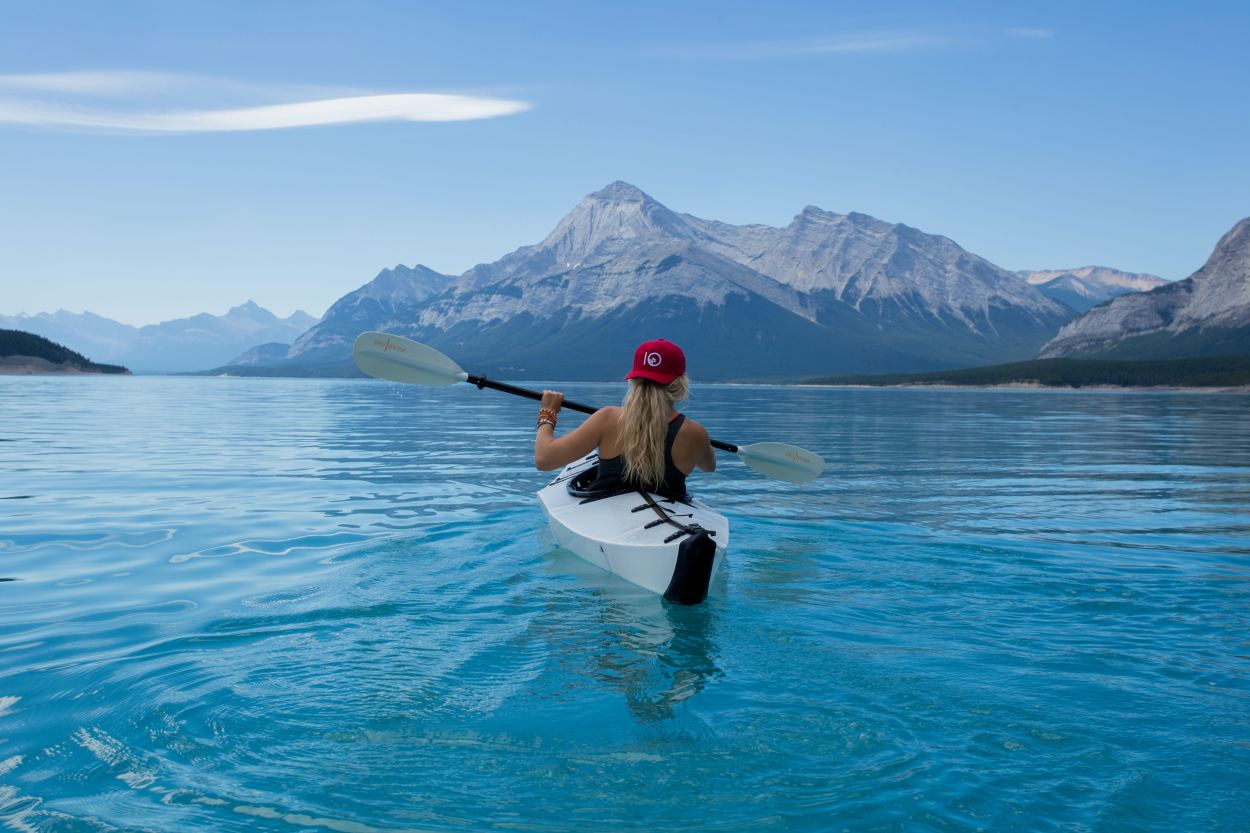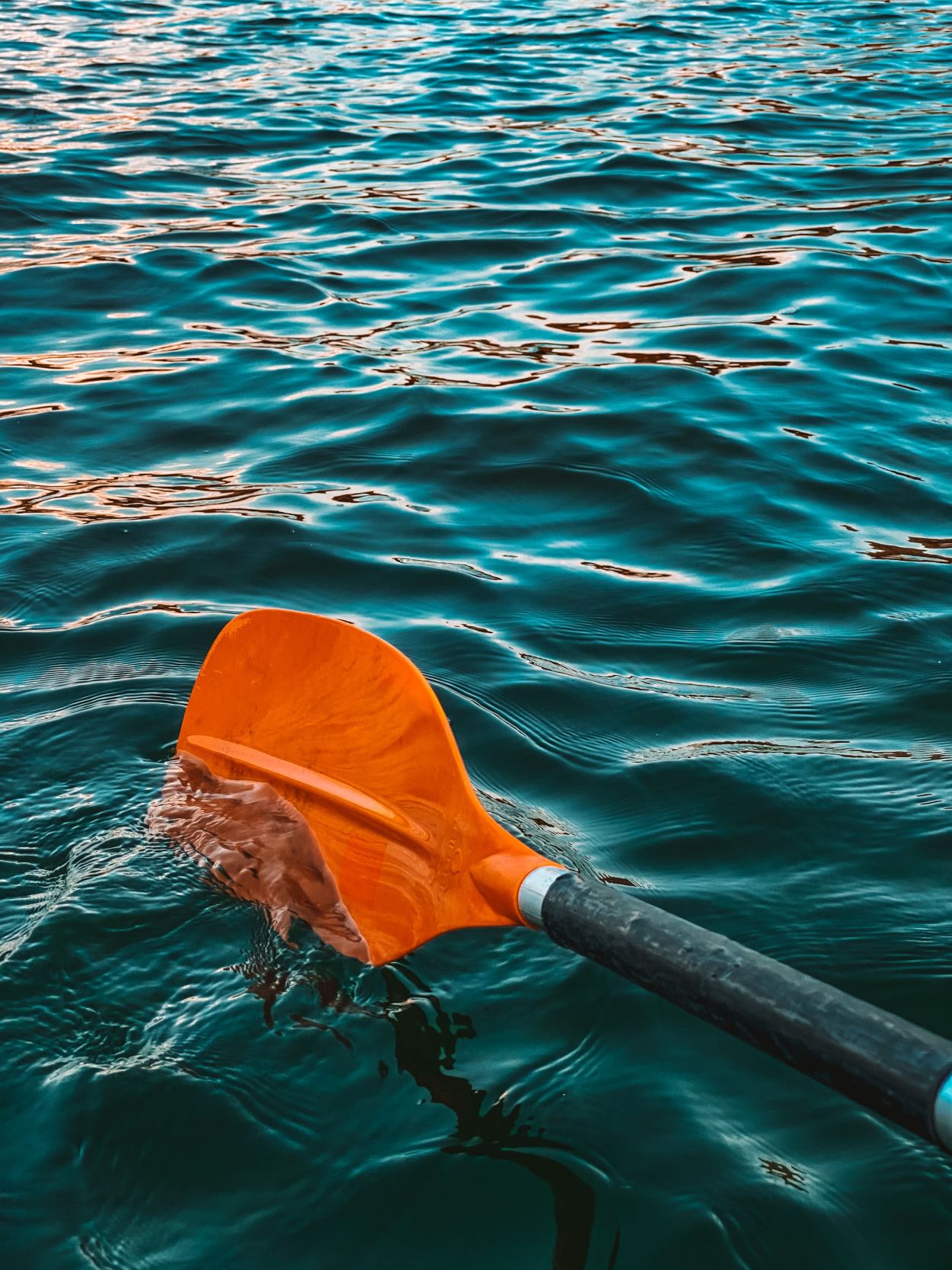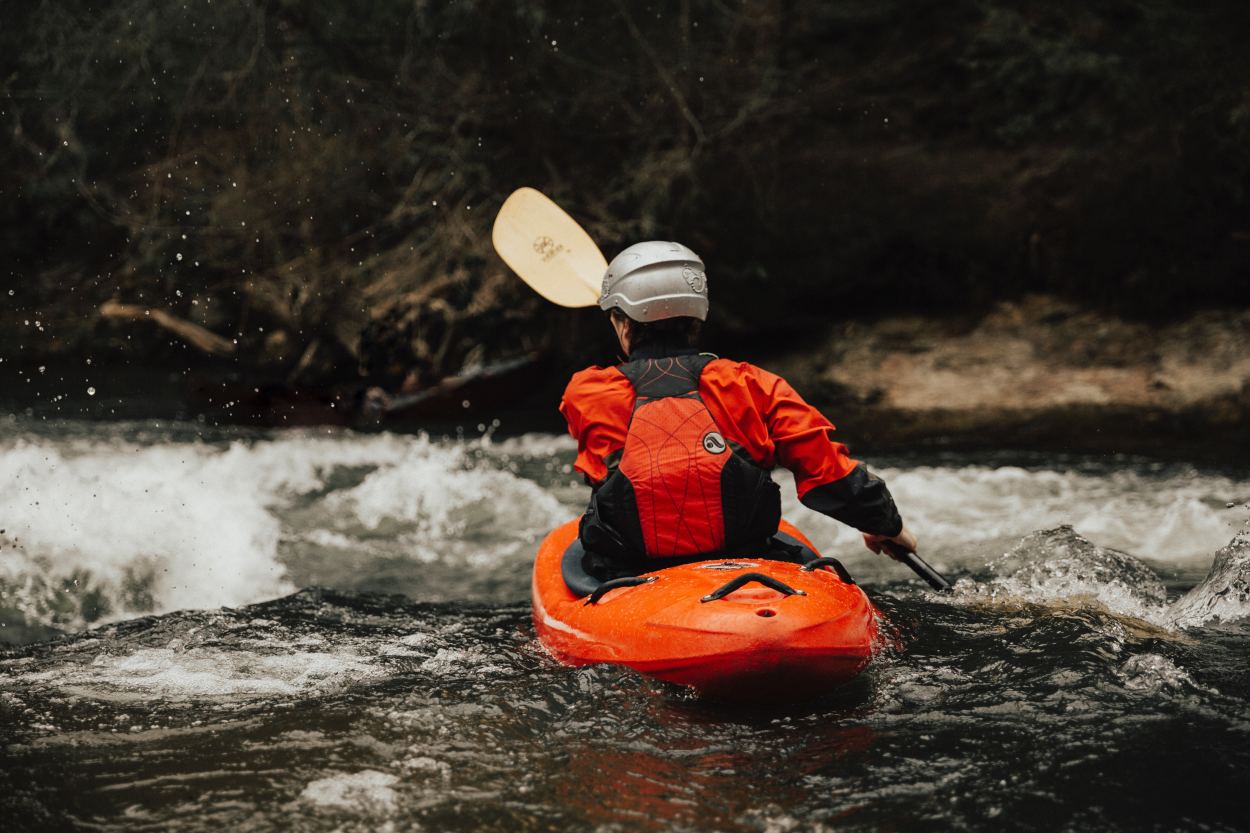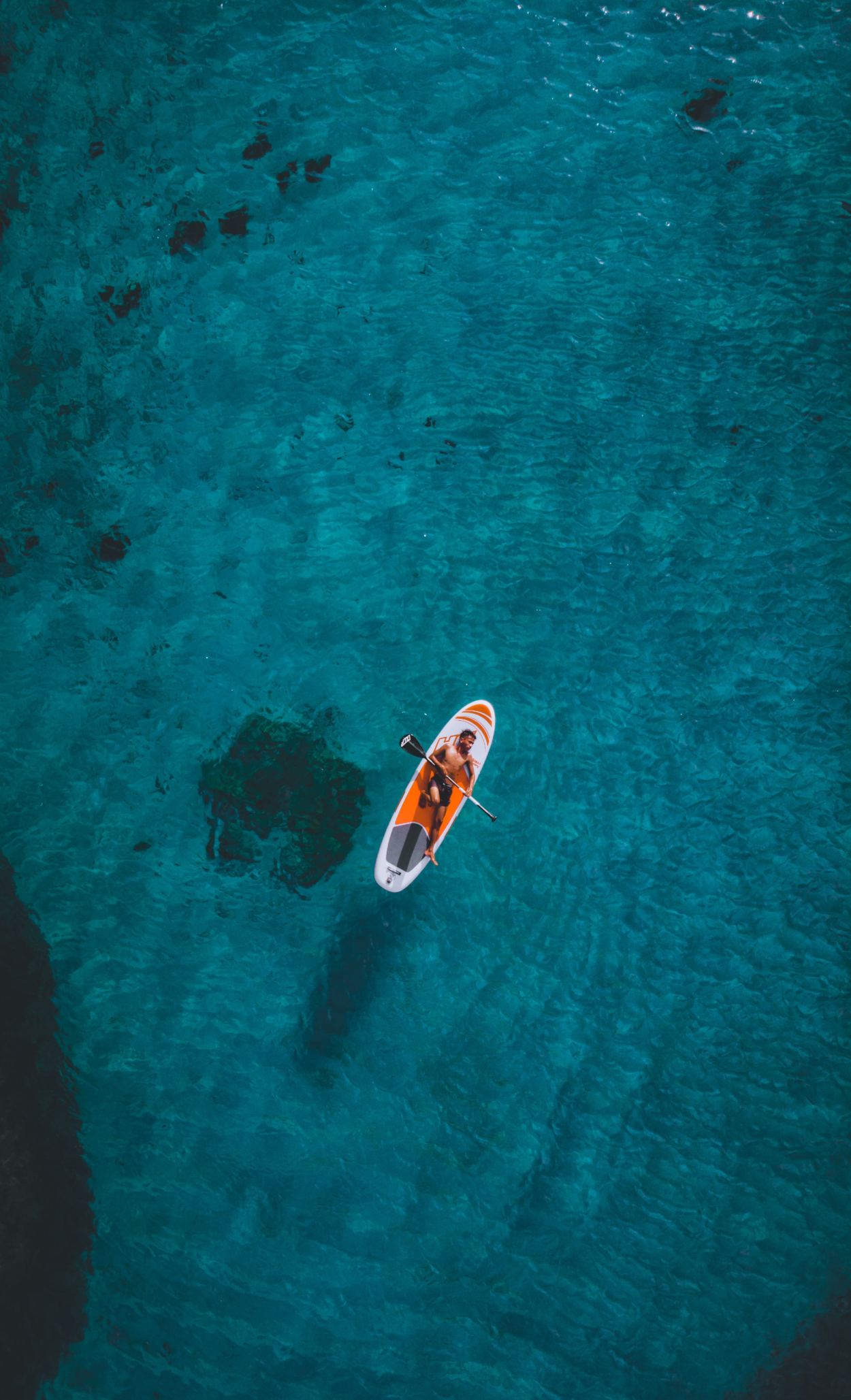Paddle Types, Materials, and Their Versatile Uses: Choosing the Perfect Paddle for Your Outdoor Adventures
Justin
May 25, 2023
Paddles are essential tools for various outdoor activities, from kayaking and canoeing to stand-up paddle boarding and rafting. Choosing the right paddle can significantly impact your performance, comfort, and overall enjoyment on the water. In this guide, we'll explore the different types of paddles, the materials they are made of, and their specific uses. Whether you're a seasoned paddler or a beginner, understanding the nuances of paddle selection will empower you to make informed decisions and elevate your water-based adventures to new heights.

Paddle Types: Paddle types vary depending on the water activity and the type of watercraft used. The main paddle types include kayak paddles, canoe paddles, stand-up paddleboard (SUP) paddles, and rafting paddles. Each type is designed with specific features and characteristics to optimize performance and maneuverability for its respective activity.
Kayak paddles: These typically have two blades and come in different styles, including high-angle and low-angle paddles, each suited for different kayaking techniques and conditions.
Canoe paddles: Canoe paddles feature a single blade on one end and a T-grip handle on the other. They vary in length and blade shape, catering to different canoeing styles and strokes.
Stand-up paddleboard (SUP) paddles: SUP paddles have a long shaft with a single blade. They come in adjustable and fixed-length options, and the blade design varies based on the intended use, whether it's for touring, surfing, or racing.
Rafting paddles: Rafting paddles are typically larger and stronger, designed to withstand the powerful currents and rugged conditions encountered in whitewater rafting.

Paddle Materials: Paddles are constructed from various materials, each offering different benefits in terms of weight, durability, flexibility, and cost. The common paddle materials include:
Aluminum: Aluminum paddles are affordable and durable, making them suitable for beginners or recreational paddlers. However, they can be heavier than other materials.
Fiberglass: Fiberglass paddles are lighter than aluminum and offer improved performance and flexibility. They are popular among intermediate paddlers.
Carbon Fiber: Carbon fiber paddles are the lightest and most high-performance option. They provide excellent power transfer, reduced fatigue, and increased responsiveness. However, they tend to be more expensive.
Wood: Wooden paddles are renowned for their aesthetic appeal and natural feel. They offer a classic look and can be custom-made for specific preferences. Wood paddles are typically heavier than other materials.

Paddle Uses and Considerations: The choice of paddle depends not only on the water activity and material but also on factors like paddler height, paddling style, and personal preference. Here are some considerations for different paddle uses:
Touring and Recreational Paddling: For leisurely paddling or extended touring trips, lightweight paddles with smaller blades are ideal. They offer increased efficiency, reduced fatigue, and greater maneuverability.
Whitewater Paddling: Whitewater paddling requires robust and durable paddles to withstand the demands of navigating rapids. Look for sturdy construction and reinforced blades to ensure they can handle impact and rough conditions.
Sea Kayaking: Sea kayaking often involves long-distance paddling and varying conditions. Paddles with larger blades provide greater power for more efficient strokes, while adjustable-length paddles allow for customization based on the paddler's height and kayaking style.
Stand-Up Paddle Boarding (SUP): SUP paddles should be lightweight, with a blade shape suitable for the intended activity, whether it's touring, surfing, or racing. Adjustable paddles are convenient for sharing among different paddlers or adjusting the length for varying water conditions.
Canoeing: Canoe paddles come in different lengths and blade shapes. Shorter paddles with wider blades are useful for maneuverability, while longer paddles with narrower blades offer better efficiency for longer trips.

Proper Paddle Sizing and Technique: Proper paddle sizing is crucial for optimal performance and minimizing strain on the body. Factors such as the paddler's height, the watercraft's width, and the intended activity all contribute to determining the correct paddle length. To measure the ideal paddle length as a general rule of thumb (for double bladed), stand upright and raise your arm above your head. Adjust the paddle's length until your fingertips reach the top of the blade. For stand up paddle boarding, sizing depends on the activity. As a general rule of thumb, a paddle should be your height plus 6-8" for surfing, your height plus 8-10" for flat water, and your height plus 10-12" for racing. For single bladed canoe paddles, sizing is a bit different. As a general rule of thumb, the sizing in the table below in relation to your torso is a good rule of thumb. Different activities may require slight variations in paddle length to accommodate specific techniques and preferences. In terms of technique, learning and refining proper paddle strokes can enhance your efficiency and minimize fatigue. Seek guidance from experienced paddlers or consider taking lessons to learn essential strokes, such as the forward stroke, sweep stroke, and draw stroke.
Torso Length (inches) | Straight Paddle (inches) | Bent Paddle (inches) |
|---|---|---|
26 | 52 | 48 |
28 | 54 | 50 |
30 | 56 | 52 |
32 | 58 | 54 |
34 | 60 | 56 |
36 | 62 | |
38 | 64 |
Choosing the right paddle is essential for optimizing your performance, comfort, and enjoyment on the water. By understanding the different paddle types, materials, and their specific uses, you can make informed decisions that align with your preferred water activity and paddling style. Remember to consider factors like paddle length, blade shape, and personal preference to find the perfect paddle that will elevate your outdoor adventures to new levels of excitement and fulfillment.